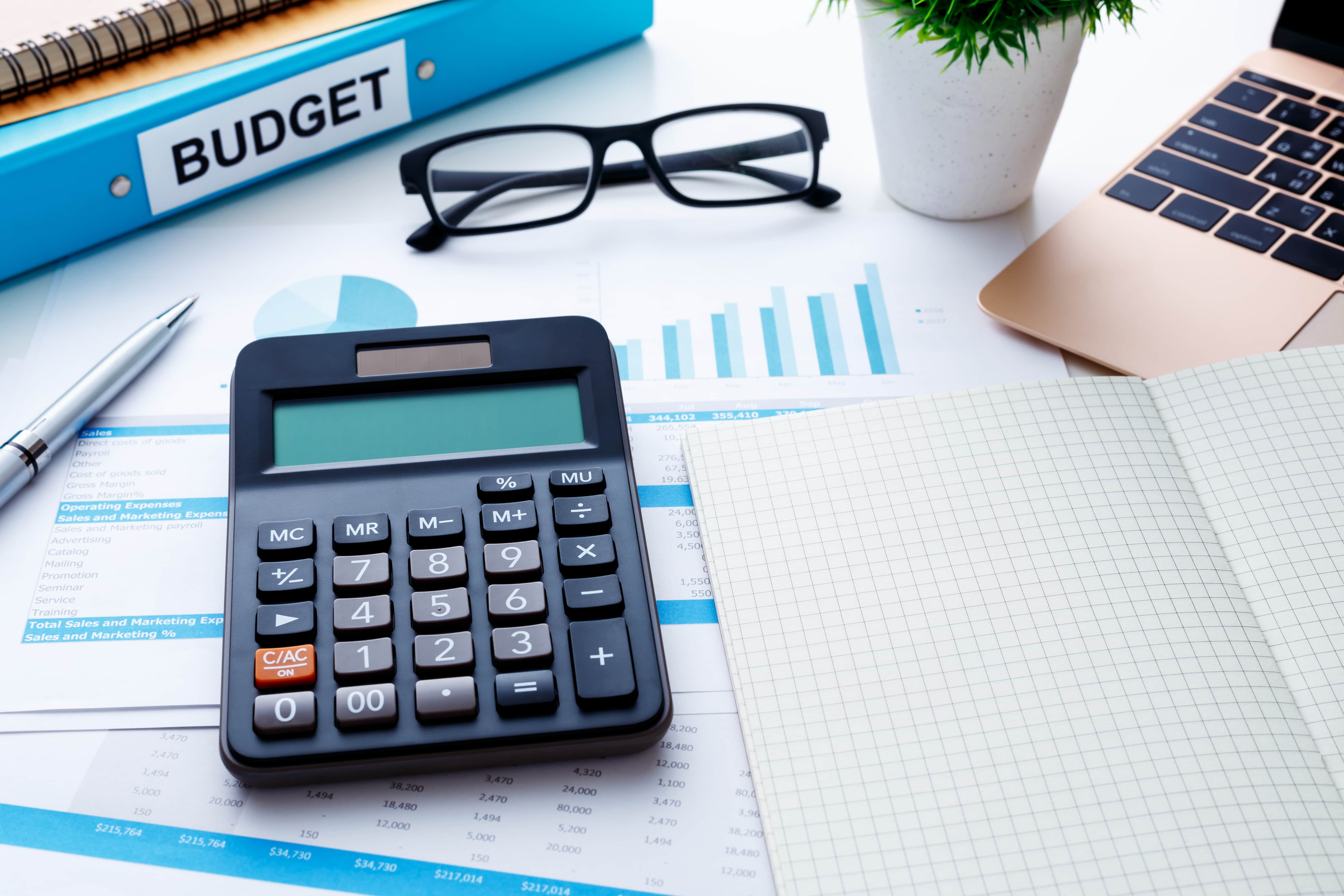Do you find yourself asking, “where has my money gone”? Are you constantly waiting for the next paycheck, month after month? Do you struggle finding money just days before your next paycheck? There is a simple solution to the issues above, you need to create a budget! Whether you would like to save for your next vacation, pay off debt, or ensure that you have sufficient funds to balance paying your monthly expenses and enjoying yourself, creating a budget is where you start.
Step 1:
You should always budget in advance! I suggest that you create your budget no later than one month prior to the month the bills are due. Personally, I create a 12-month rolling budget. I always make sure that I budget 12 months in advance. This allows me to account for variable, quarterly, and annual expenses. During the summer months my electricity bill increases significantly and at the beginning of every year my HOA expense is due. Budgeting in advance gives you a clear plan of what is expected and where your money will go.
Step 2:
Start with your estimated income. This allows you to be realistic about how much money you actually bring in. I am a salaried employee, which means I am paid a fixed amount (from my primary employer) each month. If your income varies monthly, review your income during the last 12months, identify your lowest income amount, and use this number as your starting income. You may need to adjust this number as you are paid, but using this as your base income allows you to stay within your means. If you have multiple sources of income, (primary income, part time job, side hustle, child support, etc.) add them together.
Step 3:
List your necessary expenses. Necessary includes: rent, car payment, food (for basic consumption), utilities, gas, minimum debt payments, etc. Necessary expenses are expenses that you need for everyday survival. So that means Netflix and eating out everyday would not be included in this list. Calculate the sum of all necessary expenses. The most important thing to remember throughout all the steps is, pay your bills first! You can also reduce your expenses.
Step 4:
Subtract your total expenses (calculated in step 2) from your total income (calculated in step 1). This calculation gives you your disposable income. Now that your needs have been met (in step 3), you can focus on your goals and desires. If your goal is to save for a new car, if you enjoy eating out, if you want to travel, if you would like new clothes, if your goal is to pay off debt, now you can! You now have a total allowance for “extras”. In step four, you will prioritize these expenses and add them to your budget.
Step 5:
Now that you have calculated your disposable income, you are able to add in your additional expenses. This section includes additional debt payments (if your goal is to pay off debt), increasing your savings, traveling, Christmas/birthday shopping, clothes, eating out, gym memberships, etc. During this step, play around with the numbers and put your money where your priorities are. Designate every dollar! If you have any additional money that you need to roll over to the next month to cover bills or something that you’re saving for, write that in your budget. Every dollar should have a purpose and every dollar should be assigned in your budget.
Step 6:
The last step is to track your expenses and update your budget frequently. Personally, I review my budget daily. Whenever I make a purchase, I update my budget as soon as I get to my computer. If I make a purchase that I did not budget for, I immediately adjust my budget. Even on a day that I do not make any purchases, I still check my budget and my bank account just to make sure that everything is processing as planned. Checking my budget daily also reminds me to stay focused and stick to the plan. You should check your budget as often as possible but no less than every time you are paid.
There you have it! 6 easy steps to create a basic budget.







Leave a Reply